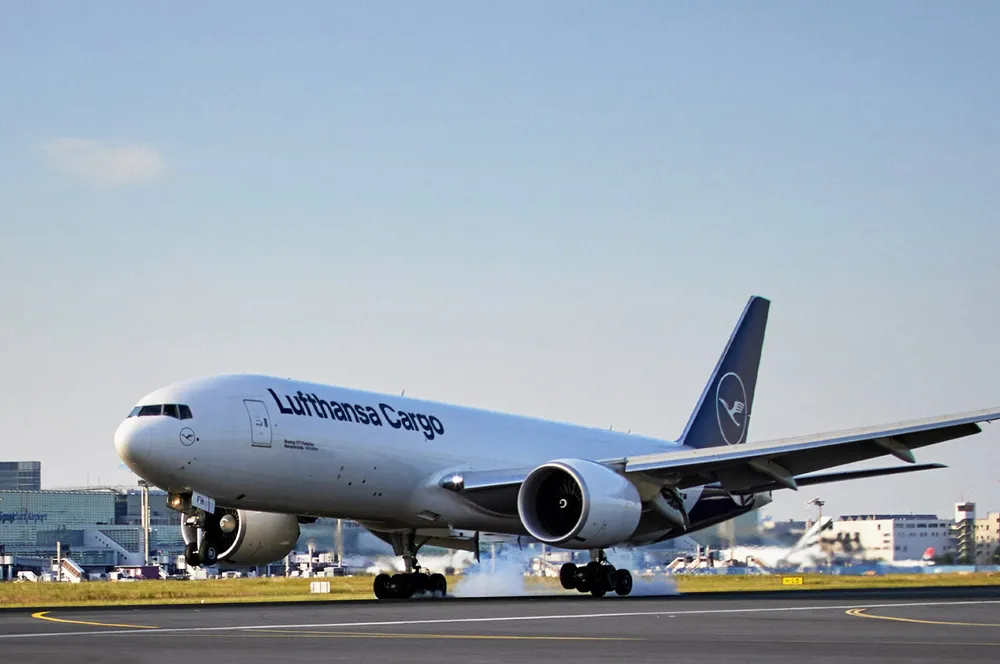'Airlines are not willing to pay a premium for green hydrogen-based e-kerosene': report
High cost of synthetic aviation fuel a ‘significant barrier’ to projects accessing finance and public funding, says T&E

High cost of synthetic aviation fuel a ‘significant barrier’ to projects accessing finance and public funding, says T&E
